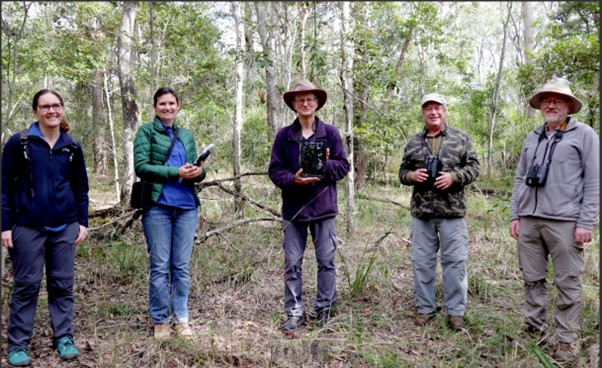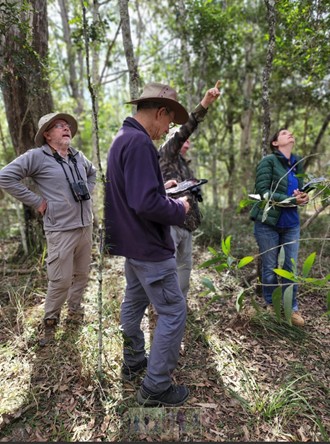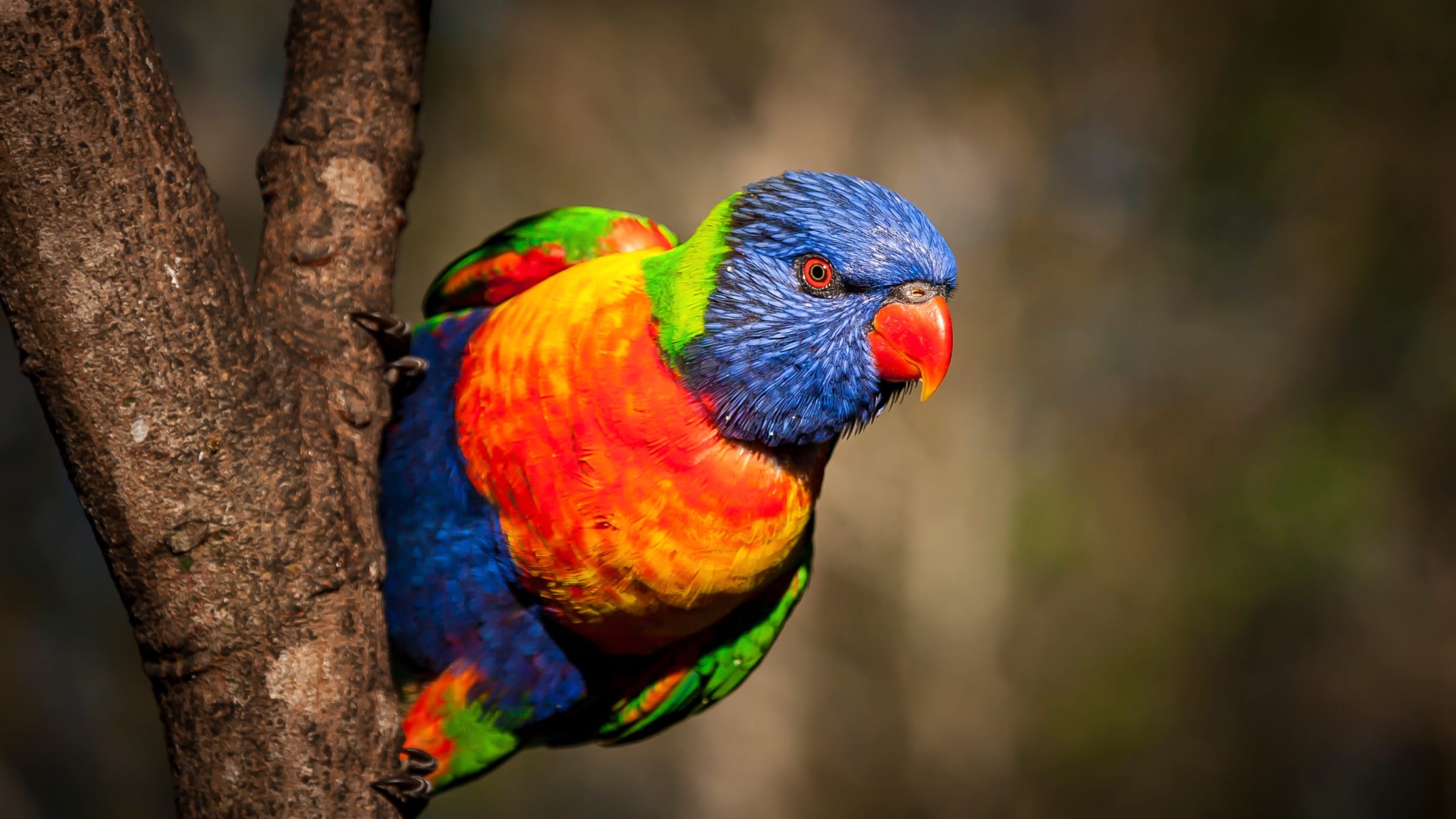Volunteer birders are helping with TERN's Queensland monitoring
In mid-July, Citizen Science volunteers at the TERN Samford Peri-Urban SuperSite (located at Queensland University of Technology’s Samford Ecological Research Facility – SERF) carried out beta test surveys using the recently launched TERN bird-survey app. Dr Katie Irvine and Sally O’Neil from TERN were on hand to carry out training with the app, which has adopted an innovative ‘Progressive Web Application’ approach.

Quarterly bird surveys, conducted by Citizen Scientists since May 2021, use a TERN standardised monitoring protocol, adapted from the Birdlife Australia 2 hectares in 20-minute survey methodology. In partnership with the volunteer birders, TERN is building a picture of bird presence/absence, biology and behaviour data, which can be used as an indicator of ecosystem health and change at the site. The Samford Peri-Urban SuperSite is of particular importance because it includes a 38ha patch of remnant dry sclerophyll forest, the last of its type in the Samford Valley on Brisbane’s outskirts. This is a peri-urban site with a complex disturbance history, and there are many migratory bird species seasonally present.
Development of the innovative app is funded through the Queensland Government’s Research Infrastructure Co-investment Fund (RICF), $1.66 million of which was provided to TERN in 2020, to leverage national research infrastructure for Queensland-based jobs, ecosystem data, and critical land ecosystem monitoring equipment.
Testing new technology
The bird survey app looks and feels like any other app to users, but it is actually a website. This makes the TERN app faster, uses less data and operates in areas of poor network coverage, all of which are desirable when conducting studies in the field. A further benefit is that the app will work on desktop or laptop devices, in addition to mobile devices. This will ensure complete coverage for all devices that Citizen Scientists may use, without having to develop (or require Citizen Scientists to download) different versions of the app depending on the device they are using.
Not only are there innovations at the app level but also with respect to the exchange of data from the app to the TERN database. Indeed, this has been one of the more challenging components of the TERN app project due to the variety of current and emerging browsers and mobile device types with which the bird survey app is required to work. The TERN data team has worked in parallel to the app development on a system which will push data collected from the finished app working off multiple devices through to TERN’s database.
Partnerships with community
TERN gratefully acknowledges the time and expertise volunteered for this project by group leader Peter Storer and the expert birders. This project wouldn’t be possible without these volunteers who provide many hours of expert bird identification for the rigorous 2ha 20-minute surveys. This group has now become app beta-testers too, providing valuable insights to TERN on usability and data input in the field. Thank you also to the wonderful staff at SERF, Queensland University of Technology (QUT).








